DiscoverEncounter Art
The Artists and Artworks of Dazaifu Tenmangu
©︎Ryan Gander
Really shiny stuff that doesn’t mean anything, 2011
Courtesy of Taro Nasu, Tokyo
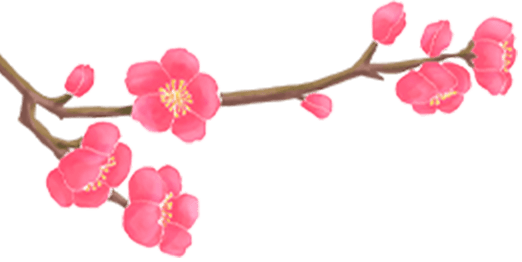
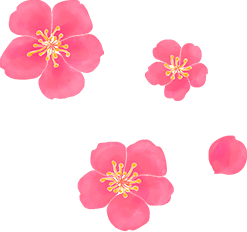
Art has been celebrated at Dazaifu Tenmangu since its founding in the early tenth century. The shrine continues this heritage today with a cutting-edge art program that attracts talented artists from around the world. Their works dot the grounds and invite discussion on a range of topics from faith and belief, the boundaries between imagination and reality, and ecosystems and the transitory nature of life.



Portrait by Julian Abrams
Ryan Gander
British conceptual artist Ryan Gander creates works that connect everyday life with the forces behind it. Gander draws upon diverse techniques and devices in his innovative sculptures and installations to create fragments of stories, encouraging viewers to form personal narratives. His art is exhibited and held in significant collections worldwide.

Really shiny stuff that doesn’t mean anything
Humans have always been attracted to shiny things. Ryan Gander explores this innate
fascination through his installation Really shiny stuff that doesn’t mean anything.
The giant metallic ball comprises thousands of tiny, magnetic, gleaming objects with
discernable use. Gander’s work seems to question the hardwired desire that drives people
toward lustrous objects.
The magnetism holding the objects in place is not visible, yet the
piece would fall apart without its binding force. This notion of an invisible power draws
parallels with faith and belief—a concept that fits seamlessly into the surroundings of
Dazaifu Tenmangu Shrine.
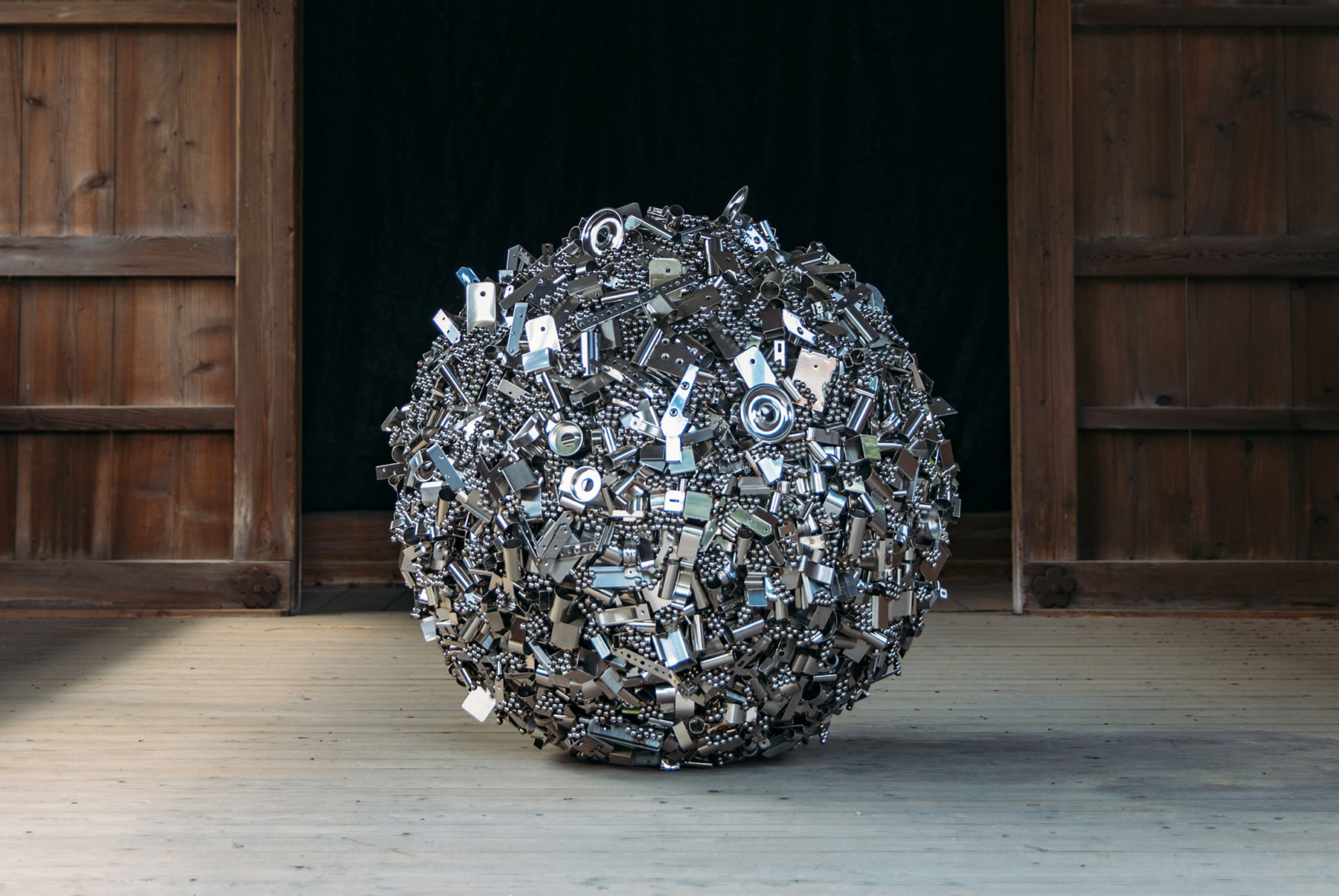
Really shiny stuff that doesn’t mean anything, 2011
Courtesy of Taro Nasu, Tokyo
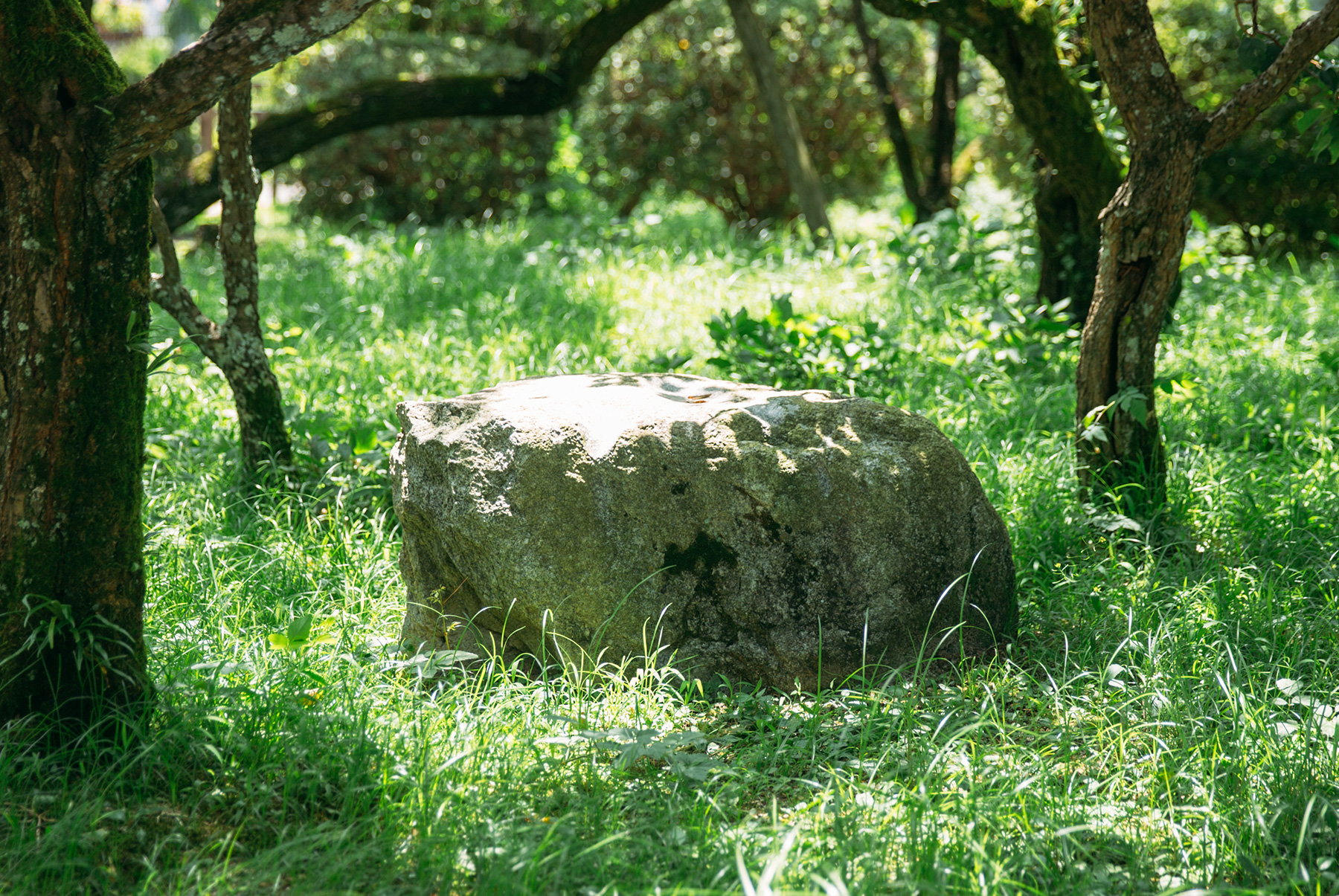
Everything is Learned IV, 2011
Courtesy of Taro Nasu, Tokyo
Everything is Learned IV
In this piece, Ryan Gander explores a narrative based on Auguste Rodin’s (1840-1917)
celebrated sculpture, The Thinker. What we see is the stone upon which The Thinker sat. He
has left the scene, but evidence of his existence endures.
Indentations in the rock suggest
that he sat deep in thought for some time. But what was the impetus behind his lengthy
contemplation? Did his thoughts lead to a satisfactory conclusion? And what caused him to
get up and leave?
Storytelling is a common theme running through Gander’s work, and with
this piece, he again prompts us to question the world around us.

Metaverse
This statue of a 16-plumed bird of paradise asks questions about the nature of fact and
fiction. Through accompanying literature, Ryan Gander tells a fictitious, convoluted tale
involving the real-life Maurice Egerton (1874–1958), the fourth Baron Egerton.
In the
story, avid explorer Egerton returns from an expedition to New Guinea and announces that he
has discovered a rare bird of paradise. He presents his findings to the Queen of England,
and the newspapers run the story to much fanfare.
Through this fabricated narrative
concerning the baron, Gander contemplates the often-blurred line between fact and fiction,
implicitly asking whether it is always necessary to be completely truthful.
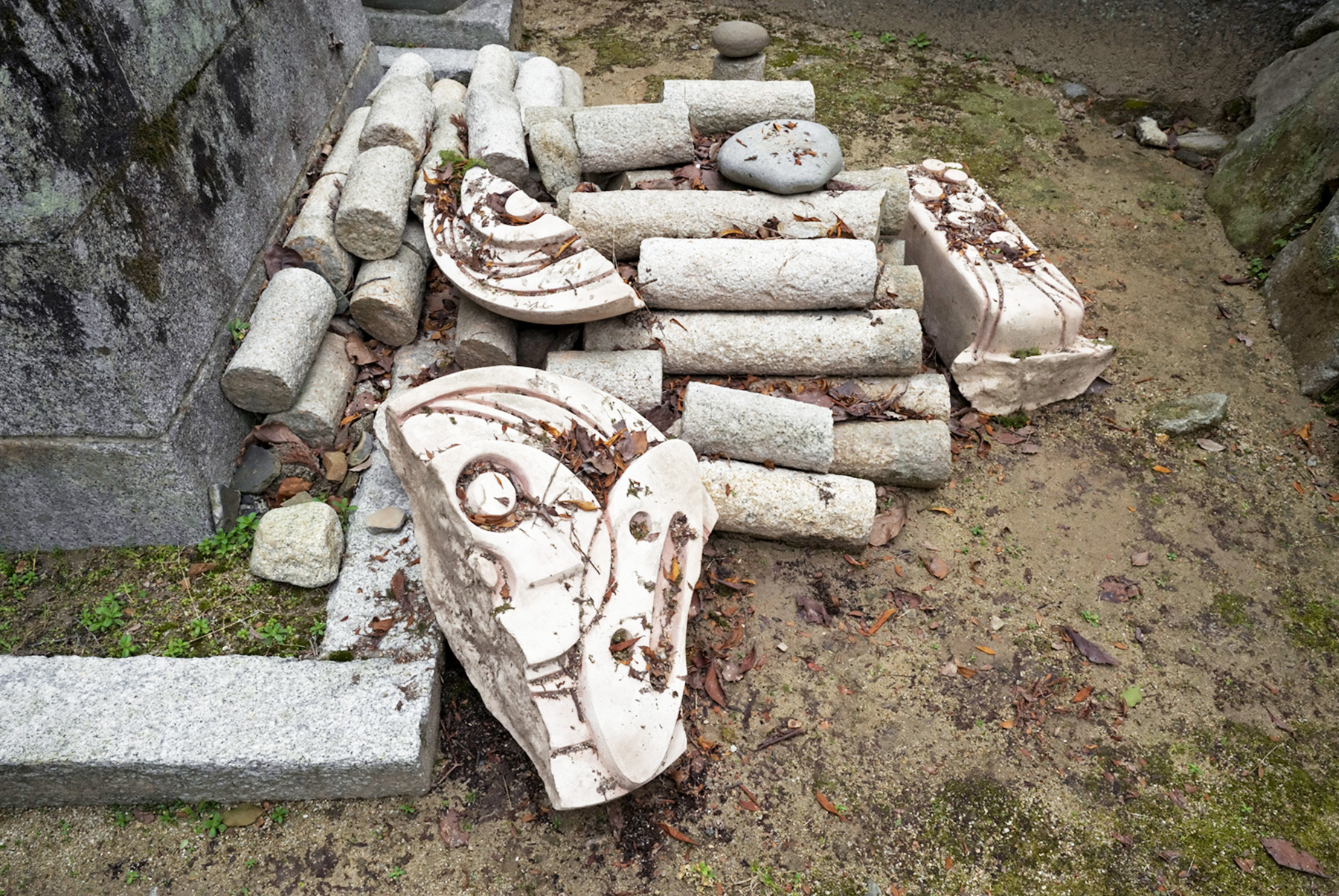
Metaverse, 2010
Courtesy of Taro Nasu, Tokyo
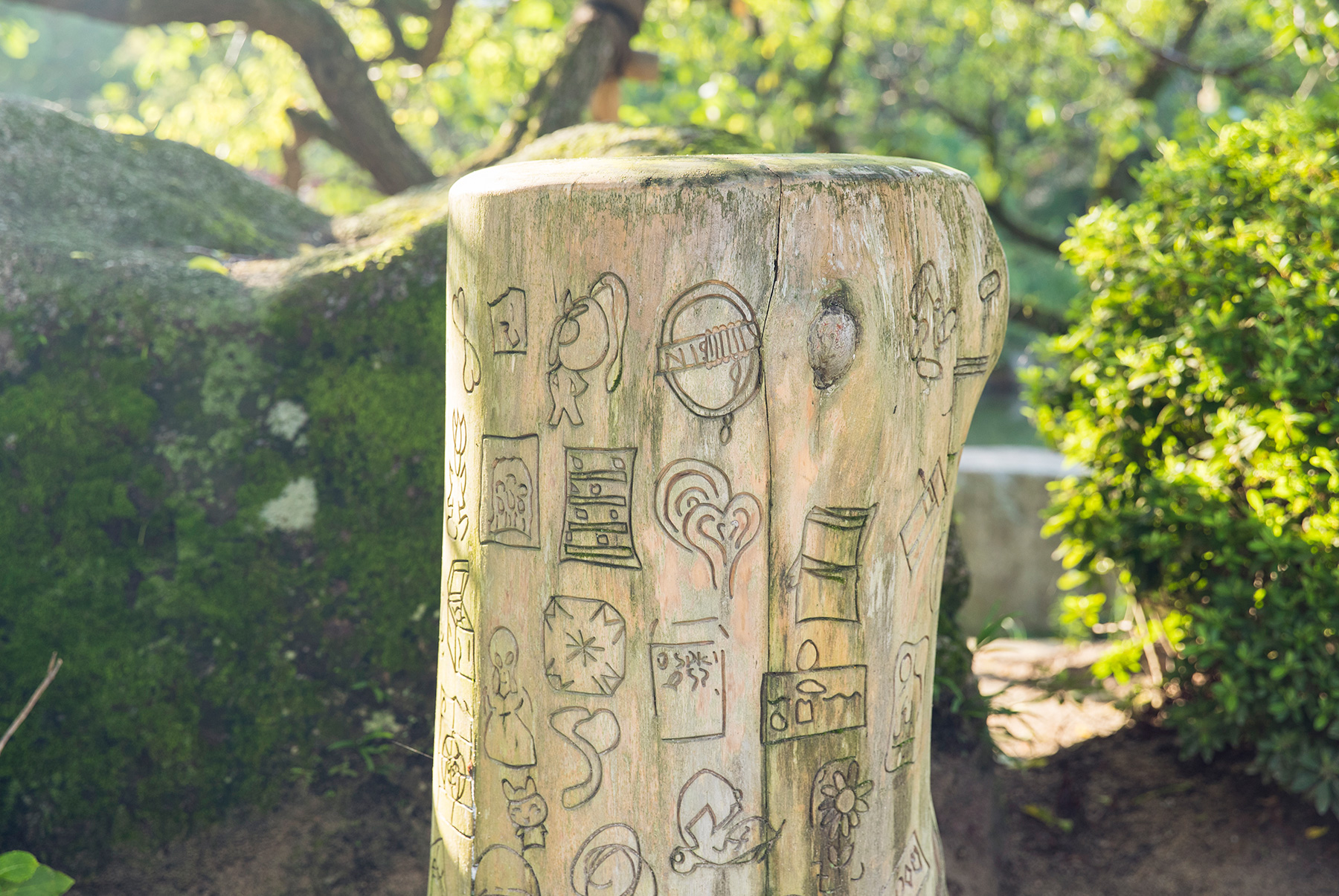
Like the air we breath, 2011
Courtesy of Taro Nasu, Tokyo
Like the air we breath
In this work, Ryan Gander asks you to consider whether the most precious things in life are
actually visible to the eye. In the Shinto religion, kami, or deities, manifest themselves
in multiple forms, including waterfalls, trees, rocks, and animals. While these forms are
not "precious" per se, they nevertheless represent the sacred essence of the
religion.
Buried beneath this wooden pillar is a time capsule packed full of
"precious" items donated by each of the 75 children from the kindergarten adjacent to
Dazaifu Tenmangu Shrine. These items were put in an airtight container and placed
underground; the only evidence of their existence is this wooden pillar emblazoned with
pictograms of each object.



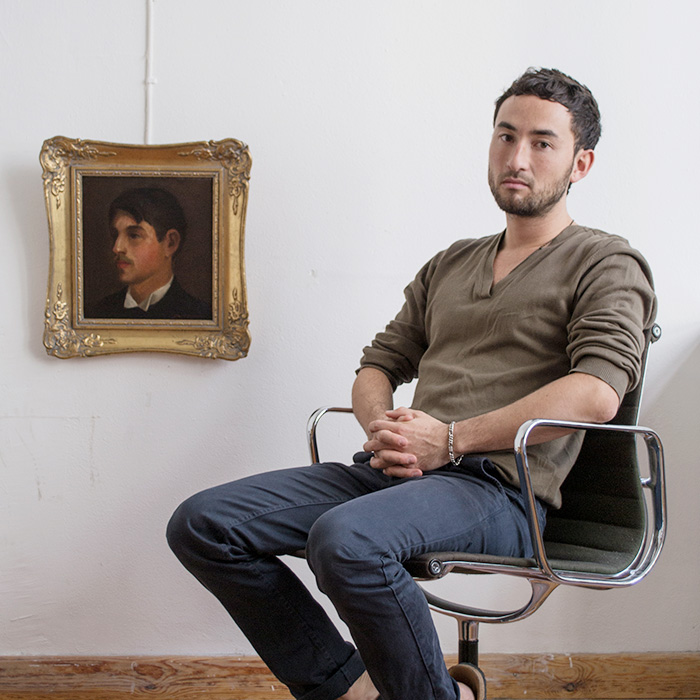
Portrait: Courtesy of the artist
Simon Fujiwara
Simon Fujiwara is a Japanese-British interdisciplinary artist who uses his work to sustain rather than explain the mysteries of the human condition, often using his own life experiences to create new narratives. He creates immersive installations across media from film to painting, photography to sculpture, as well as performance. Fujiwara has exhibited and is represented in collections worldwide.
The Problem of History
This unassuming white garden chair may appear unloved and neglected, but it stands as a
monument to survivors of war. Though the chair may appear to be plastic, it is actually made
of bronze. Metal was in high demand during World War II and many bronze shrine sculptures
were melted down to make weapons.
Will this chair be able to avoid the fate of those
wartime sculptures? Perhaps the branches of the tree will intervene and hoist it up out of
reach. Maybe hiding in plain view as an "everyday item" will protect it from the ravages of
the future. Indeed, what will "everyday item" even mean one thousand years from now?
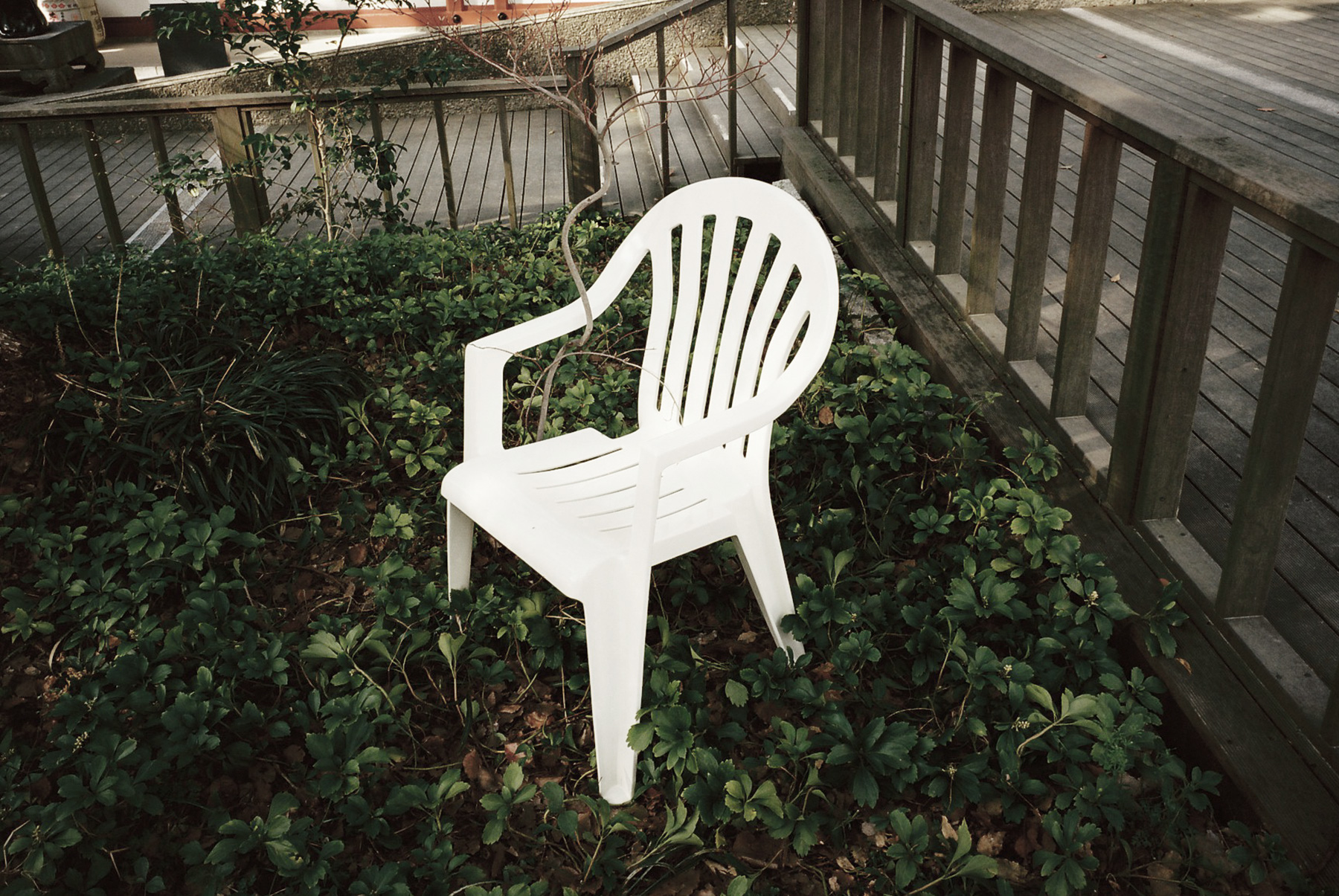
The Problem of History, 2013
Courtesy of Taro Nasu, Tokyo
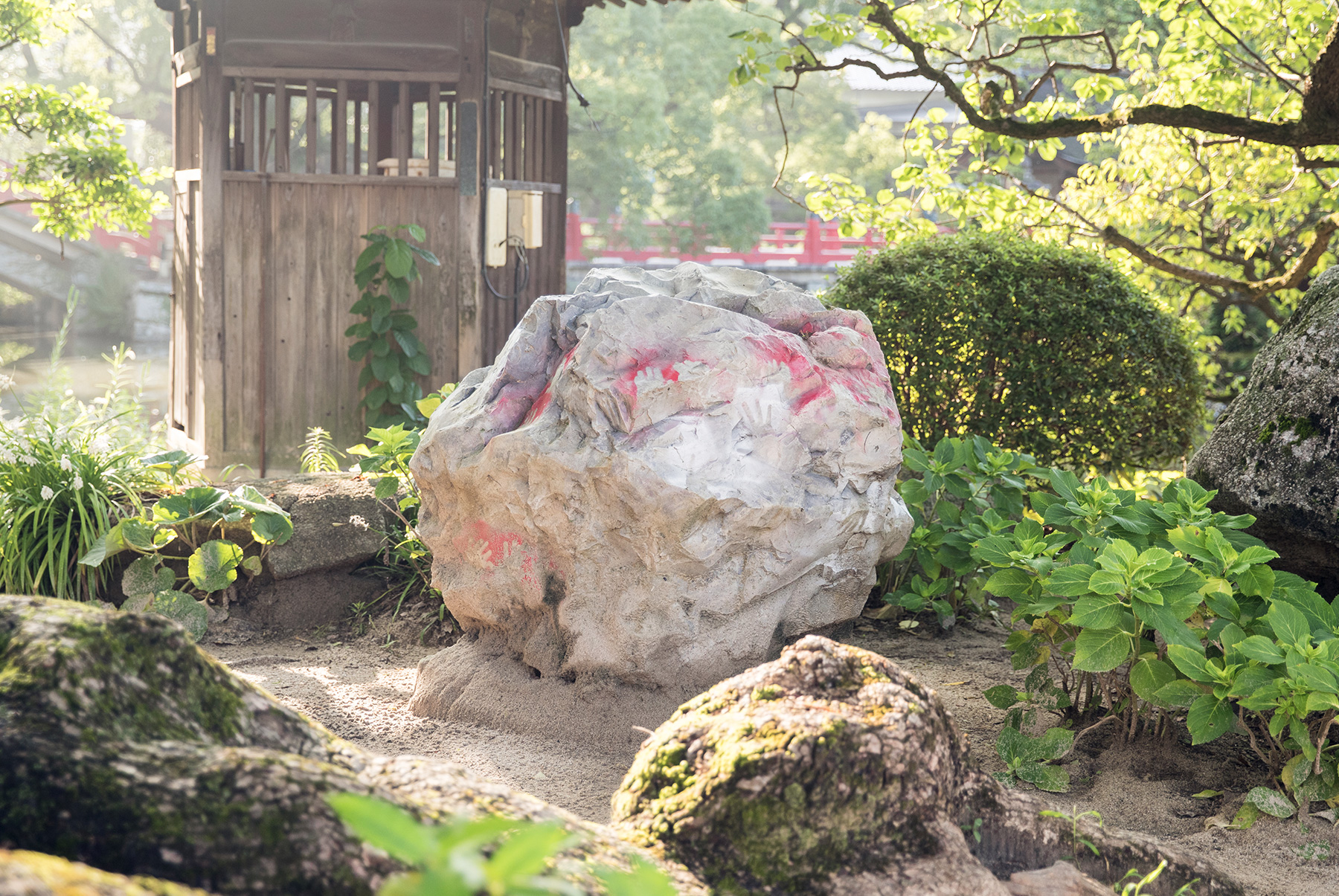
The Problem of Time, 2013
Courtesy of Taro Nasu, Tokyo
The Problem of Time
As the centuries pass, materials used to create artwork begin to deteriorate. This holds true
not only for "traditional" canvas-based works, but also for the primitive hand-paintings
created by our ancestors thousands of years ago. This deterioration is clear to the eye and
acts as a tangible demonstration of the passing of time.
For this work, Simon
Fujiwara outlined the handprints of local kindergarten children on an artificial rock. The
rock was originally housed in the shrine’s open-structured emado pavilion, which contains
several examples of paintings faded by age. Over time, the water-based paint used for the
handprints will similarly be worn away by exposure to the elements. Ironically, the man-made
rock will remain relatively unchanged, prompting thoughts about the nature of permanence.
The Problem of Faith
As mankind continues to find new and more complex ways to manipulate the natural world,
schisms and disconnects become increasingly apparent between the worlds of science
(verifiable knowledge) and faith (spiritual conviction). Fujiwara explores this dichotomy in
The Problem of Faith by combining a natural-looking rock with a crutch to create a dialogue
about what is real and what is not.
The work comprises a hollow, concrete-cast rock
placed into a natural environment, with a walking aid inserted into the rock—a deliberately
jarring juxtaposition. The crutch seems to subtly allude to the support offered by faith or
religion. Will this artifact, too, become an object of devotion in the future?
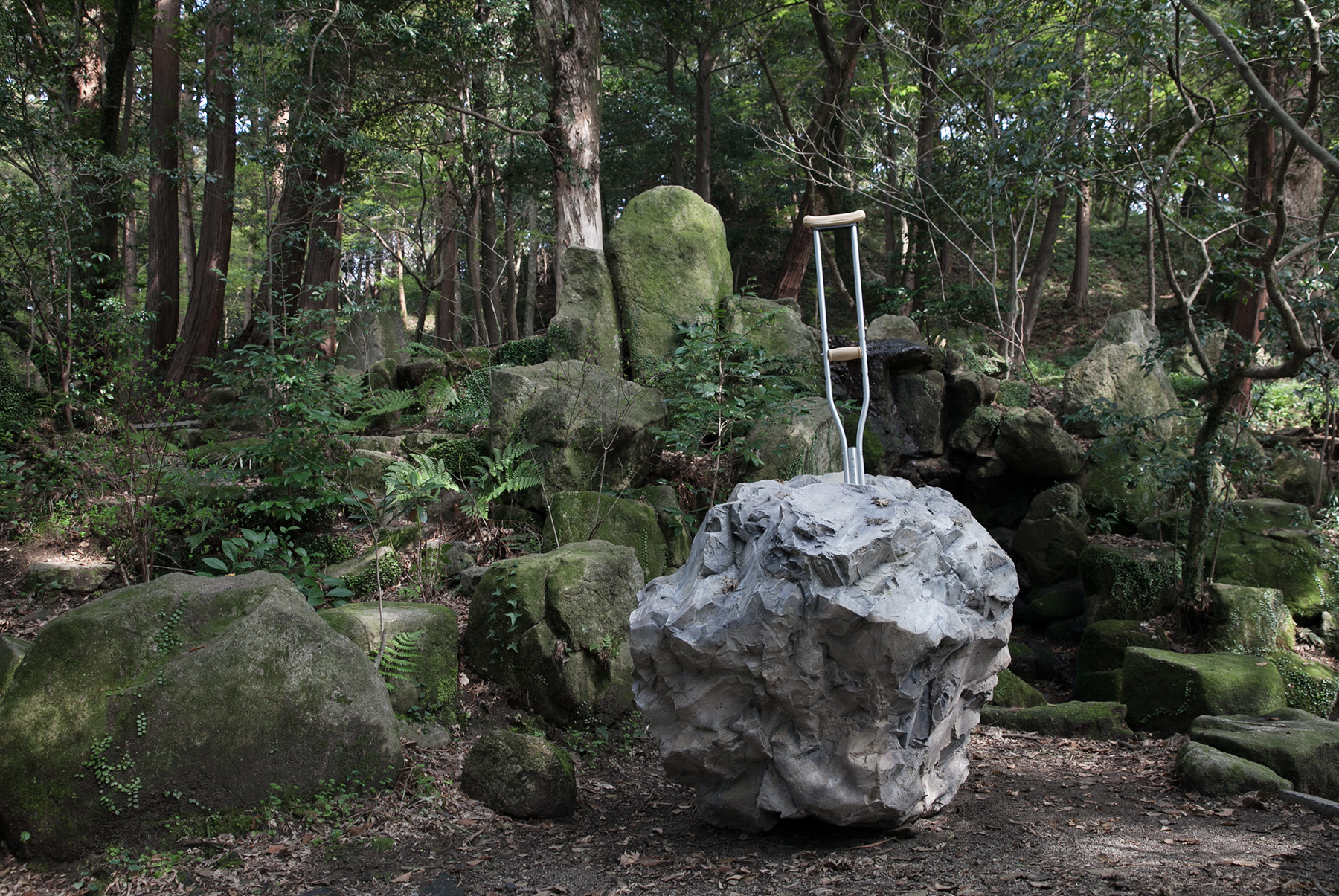
The Problem of Faith, 2013
Courtesy of Taro Nasu, Tokyo

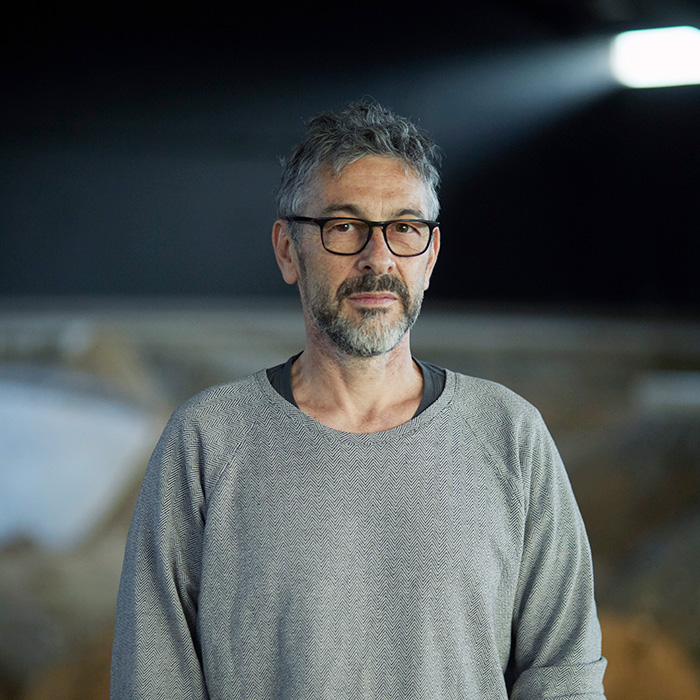
Portrait by Ola Rindal
Pierre Huyghe
French conceptual artist Pierre Huyghe explores a variety of philosophical themes through film and site-specific installations. Over the course of his career, he has exhibited across the globe and received numerous awards. These include a Special Award from the Jury of the Venice Biennale in 2001, as well as the Hugo Boss Prize at the Solomon R. Guggenheim Museum in New York in 2002.
EXOMIND
Through Exomind, French artist Pierre Huyghe has created a deeply symbolic micro-cosmos that
questions the interaction between the man-made world and the natural world. The living
entities and inanimate objects in the piece all have symbolic meaning or rare genetic
traits.
The live colony of bees pollinates flowers from a genetic strain of
tobiume—the famous "flying" plum tree that grows in the shrine grounds. A pair of axolotls
(Mexican salamanders), which retain their tadpole-like fins throughout their lives, inhabit
the pond.
The central figure is a female sculpture with a living beehive covering her
head. Huyghe’s manufactured ecosystem also features water lilies (cross-bred from Claude
Monet’s pond in Giverny), insects, a calico cat, and an orange tree.
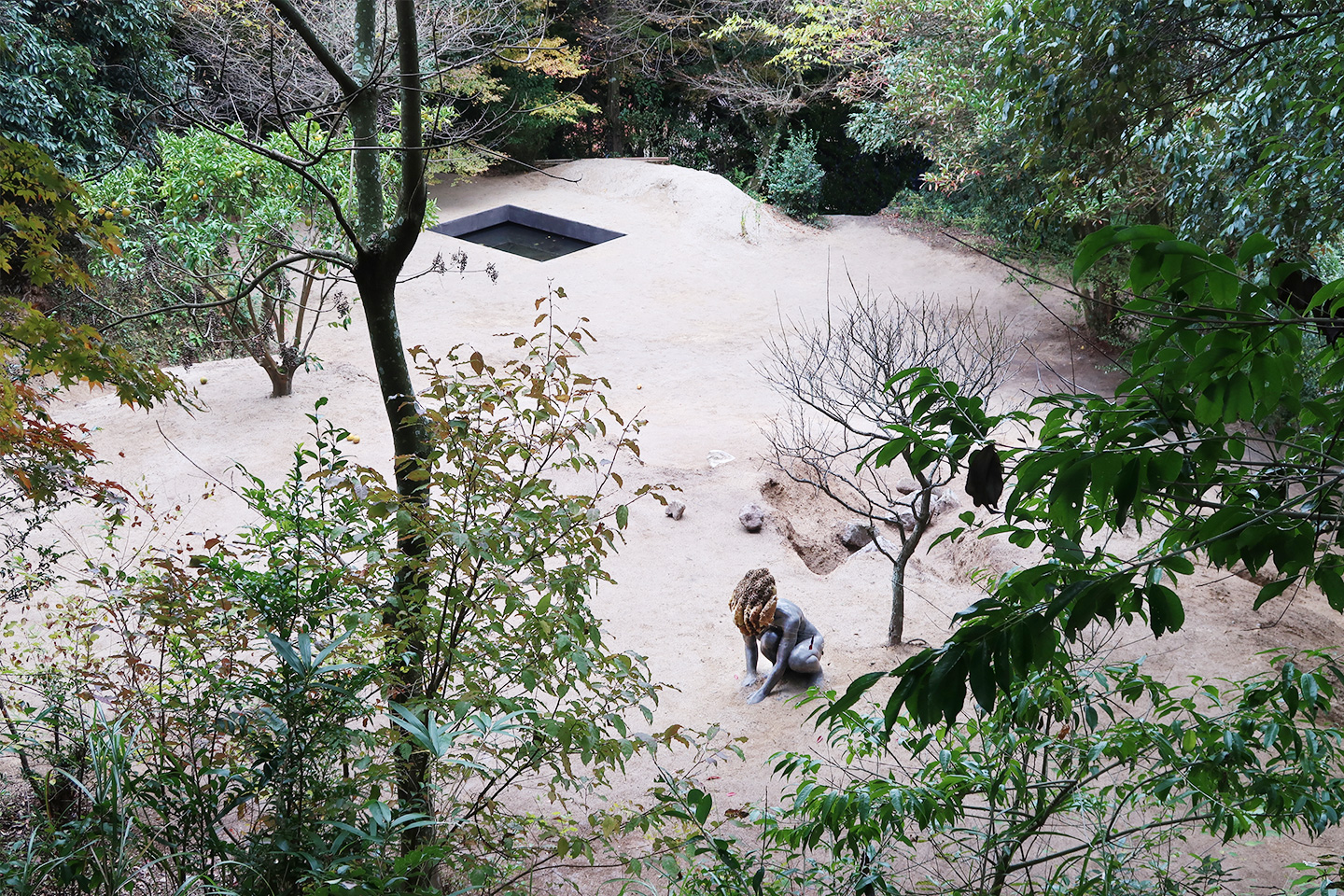
Exomind, 2017
Concrete cast with wax hive, bee colony, orange tree (Daidai), plum tree (Tobiume
descendant), plants, sand, stones, calico cat, ants, spider, butterfly, concrete pond with
waterlilies (Giverny descendant), axolotl and insects.
Courtesy of the artist; Taro Nasu, Tokyo; The National Museum of Modern Art, Tokyo
Photo by Yasushi Ichikawa
Keidai Art Museum
The grounds of Dazaifu Tenmangu brim with art, from physical pieces to creative cultural events, turning the whole shrine into a gallery. The shrine’s rich program of contemporary arts attracts renowned international talents who create works on-site, weaving art into every aspect of shrine life. The online Keidai Art Museum has up-to-date information on the art at Dazaifu Tenmangu.
View more